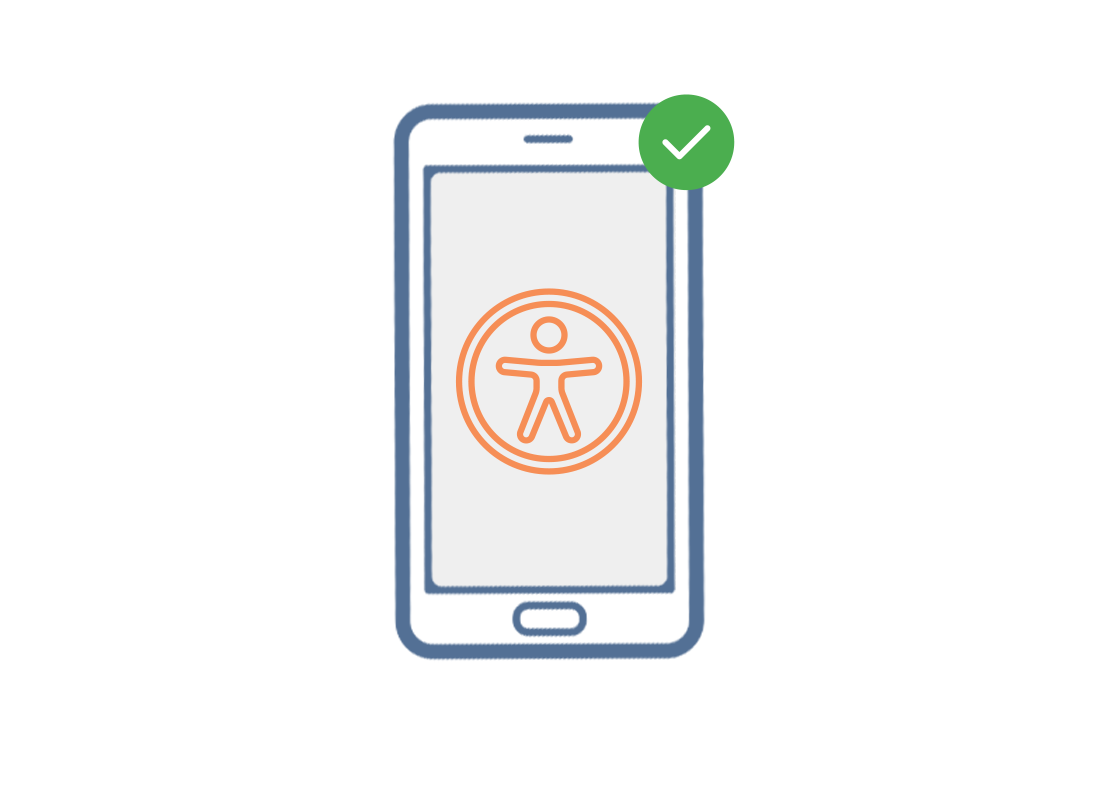Android phone: Accessibility settings
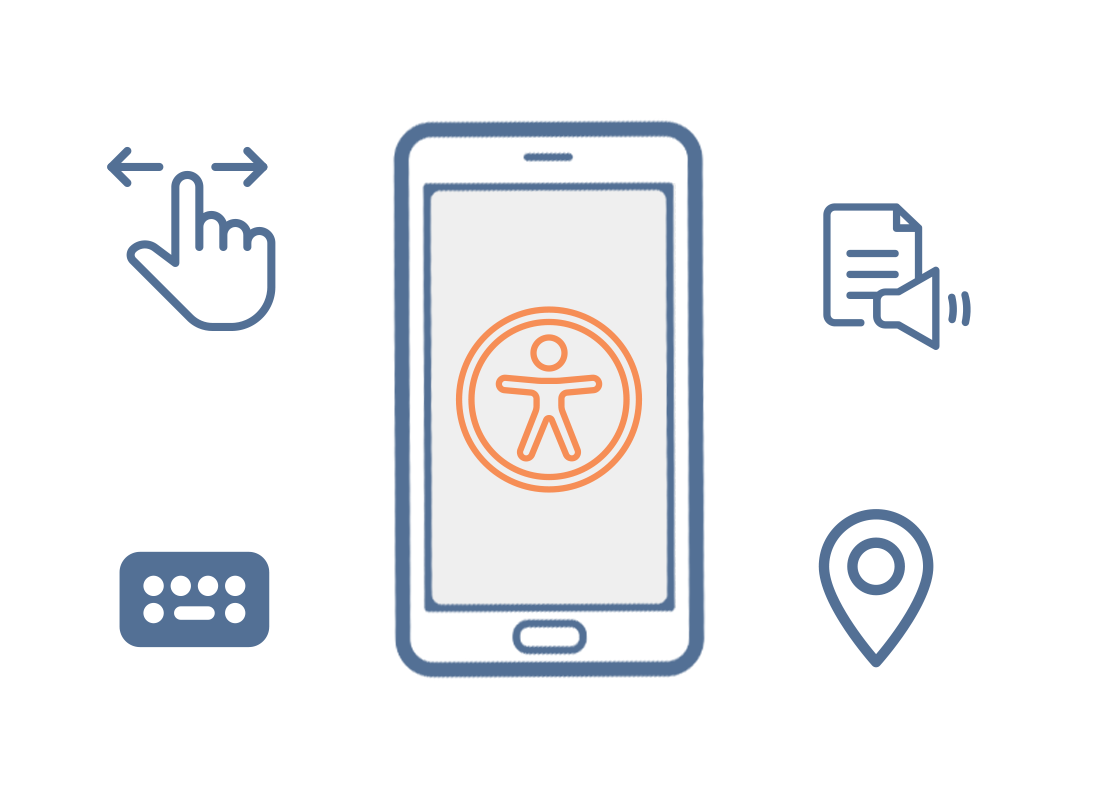
What's coming up?
Welcome to the 'Android phone: Accessibility settings' course. In this course, you'll learn about some of the accessibility features on your Android phone including how to make text easier to read, how the phone can convert what you say into text and how the camera's flash can alert you to messages and phone calls. There are many types of Android phones.
Start activityAccessibility features
Accessibility features are designed to help make your phone easier and more comfortable to use. This is especially useful if you experience low vision, are hard of hearing or find it difficult to use the touch screen. Your phone's accessibility features are controlled from the Settings app. From the Home screen, swipe up from the bottom of the screen to view all the apps. The Settings app looks like a cogwheel.
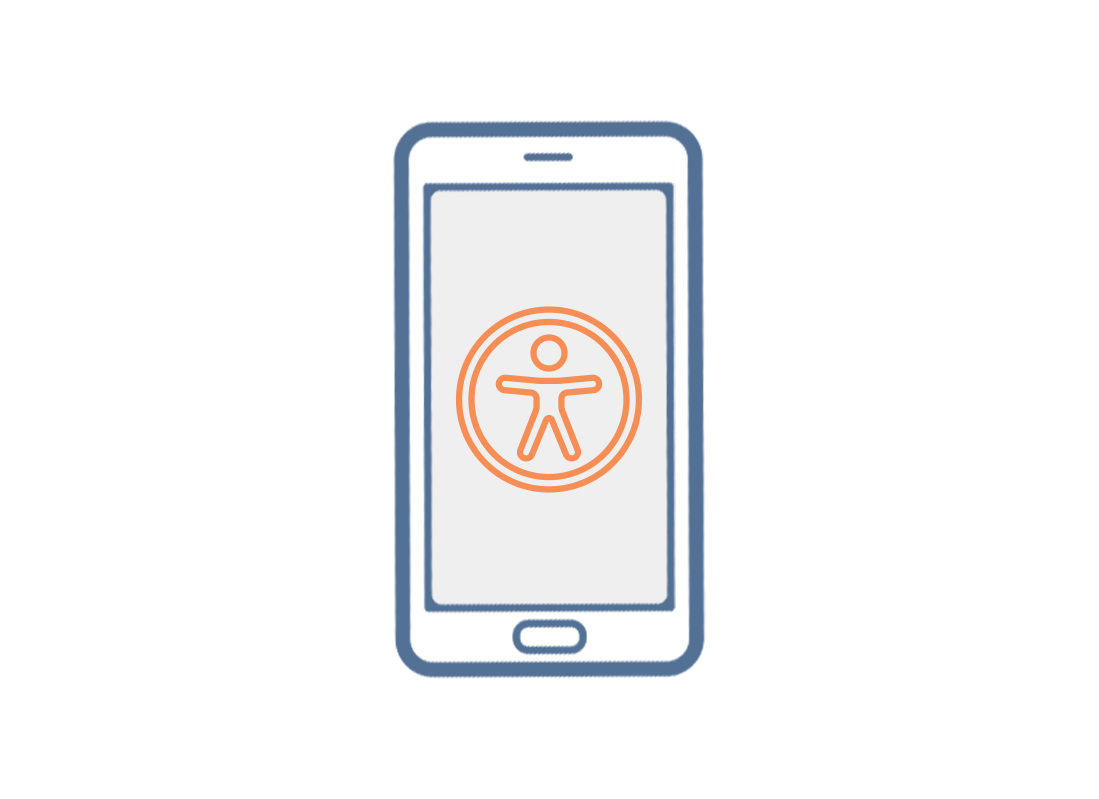
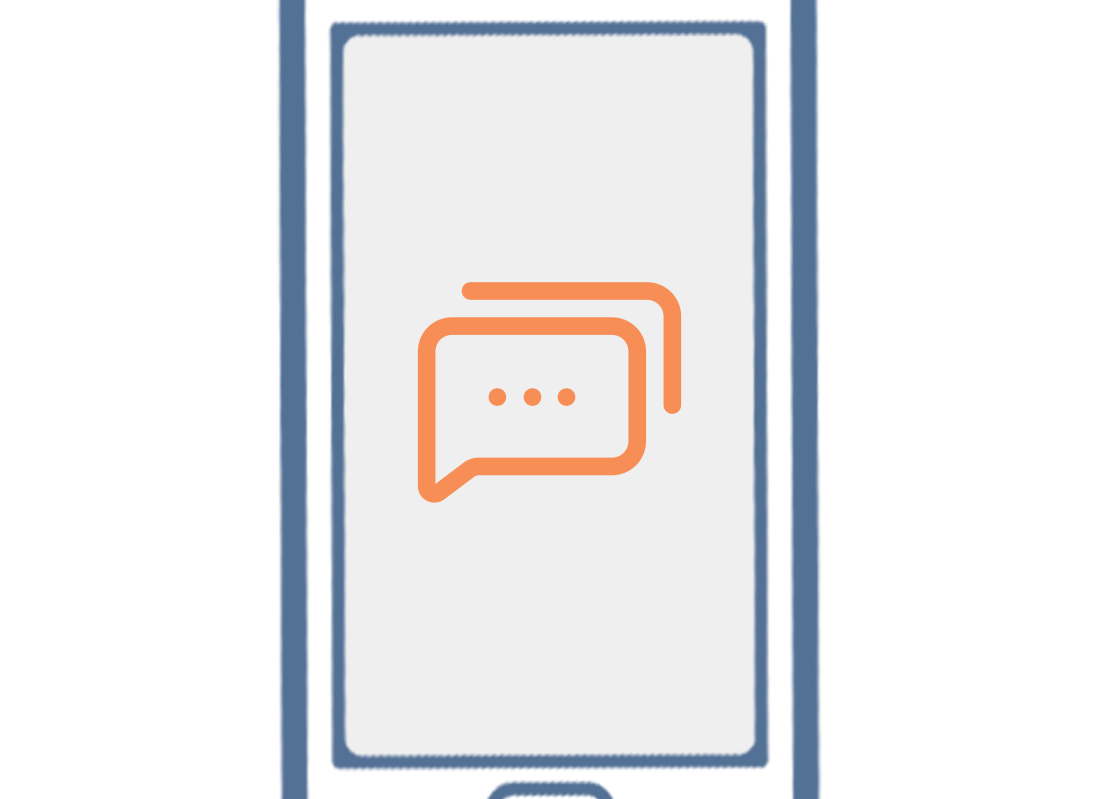
Accessibility Settings
Tap on it to open the Settings app. Now scroll down until you find Display and tap on it to open the Display options. Scroll down until you see Font size and style. Tap on this to open a new screen where you'll be able to make all the text on the screen bigger. Drag the font size slider to the right to make all the text on the screen larger. Or to the left to make the text smaller. When you are happy with the font size take your finger off the slider to set it. Tap the back arrow at the top left of the screen to return to the Display screen and once more to return to the main Setting screen.
Accessibility Settings
Now let's look at a setting that can help you keep on top of incoming calls and messages from the Settings screen, scroll down until you find Accessibility. Tap it to see a complete list of accessibility options. It's worth exploring these to see which accessibility options could make your life easier. For this demonstration, we'll just focus on a few. Tap on the Advanced settings option.

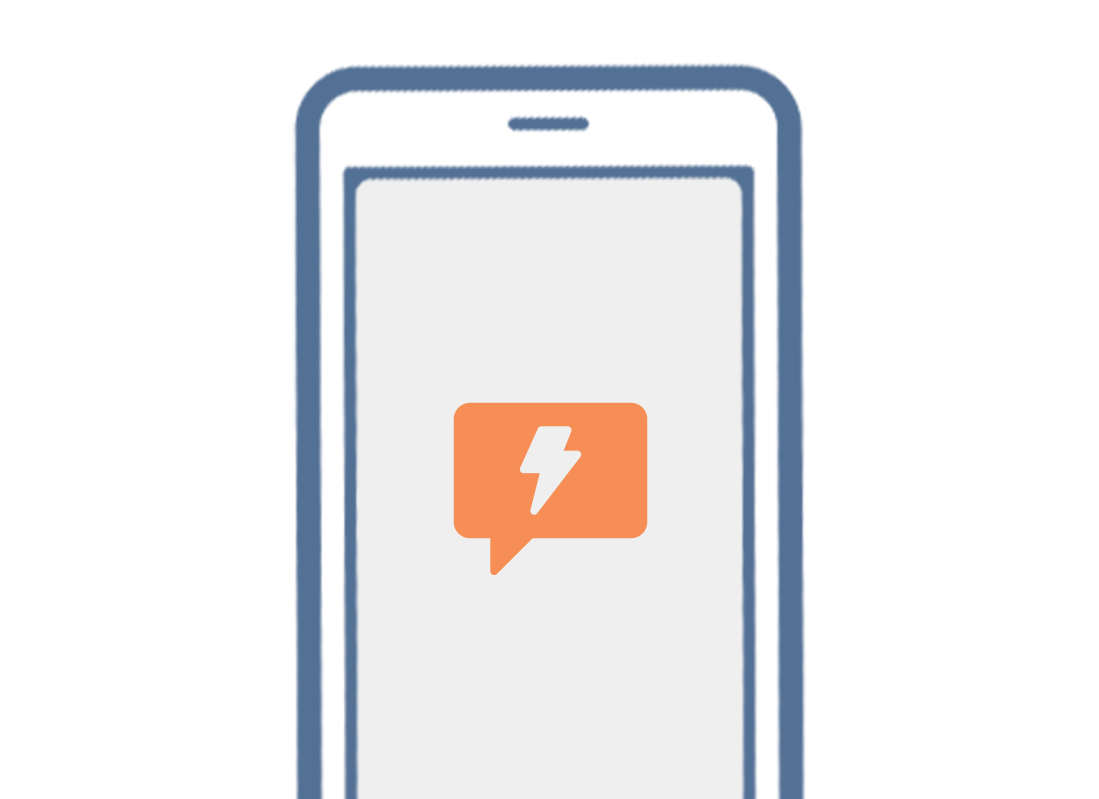
Accessibility Settings
Now tap on Flash notification to see some more options. Look for the Camera flash notification setting. To turn this setting on, tap the switch so that it turns blue. Now, when you receive calls, emails, and text messages the light from your phone's camera will flash. This can be helpful as the sounds these types of notifications make are often short and easy to miss. Tap the back arrow at the top left of the screen to return to the Advanced setting screen, and once more to return to the Accessibility screen.
Accessibility Settings
Swipe up from the bottom of the screen to return to the Home screen. The camera on the back of your phone can help you see things up close. This can be handy for reading fine print on bills or for getting a closer look at small objects. To access the camera, you need to open the camera app First, swipe up on the Home screen to display the Apps screen.
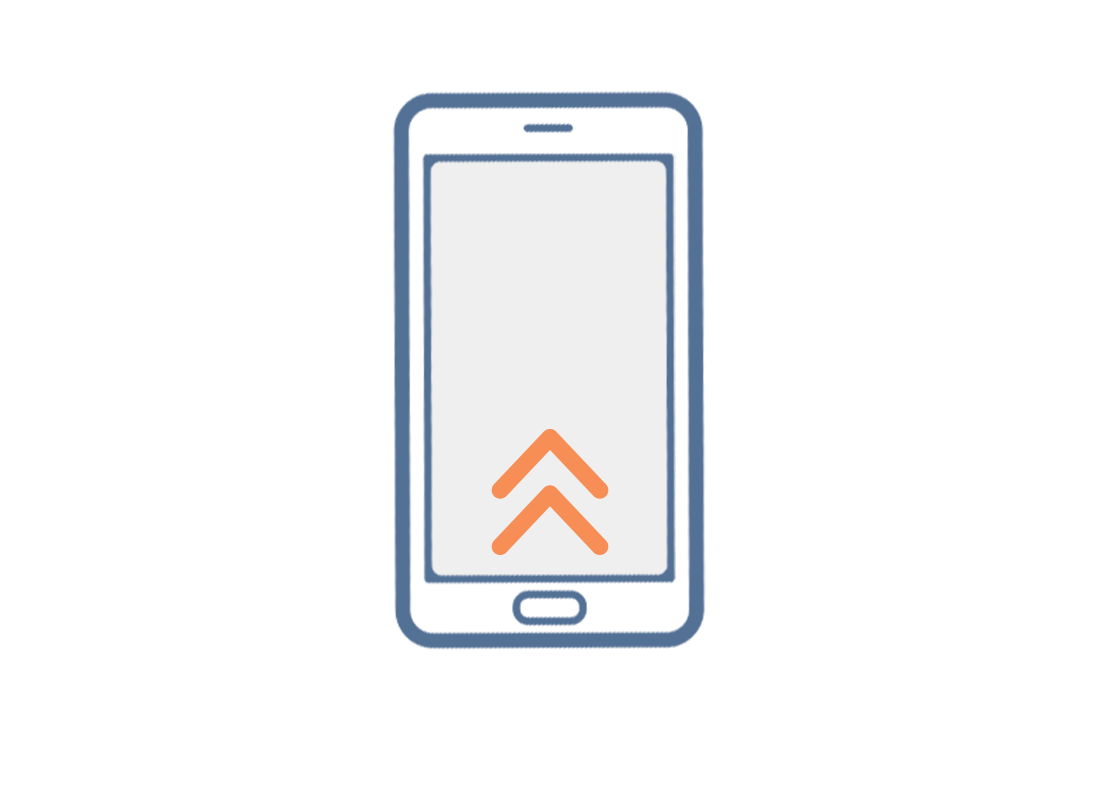

Accessibility Settings
Then look for the Camera app icon and tap it. The Camera app will open and you can see a preview of what the camera can see. Now, point the camera at whatever you want to magnify. When the object is in focus place two fingertips on the screen and move your fingers apart. This is called pinch and zoom and you can use this gesture to zoom in. You can zoom back out by pinching your fingers back together.
Accessibility Settings
Now swipe up from the bottom of the screen to return to the Home screen. Next we're going to look at Dictation. By turning what you say into text, Dictation helps you create messages and notes without having to type on the keyboard. We're going to demonstrate the Dictation feature in a text message. So let's open the Messages app. The Messages icon is usually on the Home screen but if you can't see it there you'll be able to find it on your Apps screen.
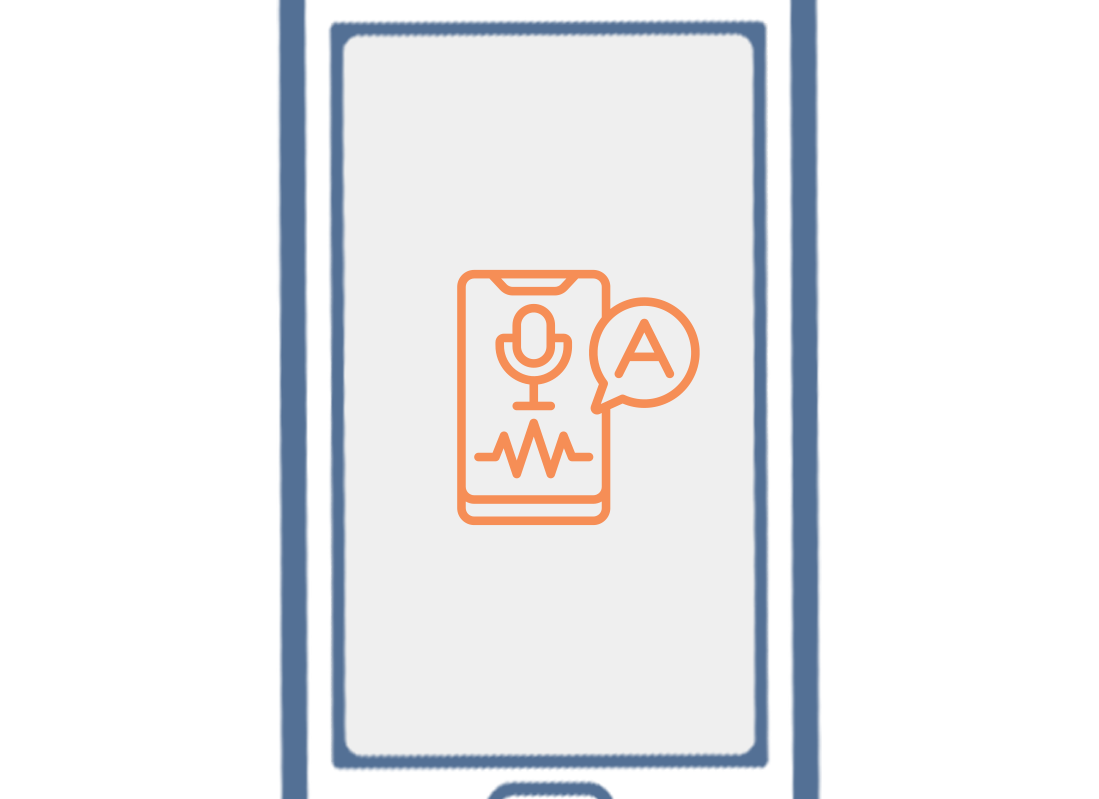
.png)
Accessibility Settings
Tap the Messages icon to open the Messages app. The new Message icon is in the bottom right of the screen and looks like a speech bubble in a circle. Tap it to start a new text message. First, we need to choose who we are sending the message to. You'll see a strip of icons across the top of the keyboard. Tap one that looks like a microphone to enable Dictation. The keyboard will disappear and you'll see a grey area with a large microphone icon. Say the first name of the person you want to send a message to and the phone will search your contacts list for a match. For this demonstration, we'll send the message to Steve.
Accessibility Settings
Since we said Steve's name out loud the phone will display Steve's contact details at the top of the list. Tap Steve's name to confirm that he's the contact we want to send this message to. Next, we can see that a blinking vertical line or cursor has appeared in the grey box marked 'Text message' and the microphone is still visible in place of the keyboard. This means we can start dictating our text message. Speak clearly and not too quickly. "Hi Steve I have the book you wanted. Full stop." We added full stop to the message by saying, "full stop". To send the message, tap the icon that looks like a paper plane with the letters SMS.

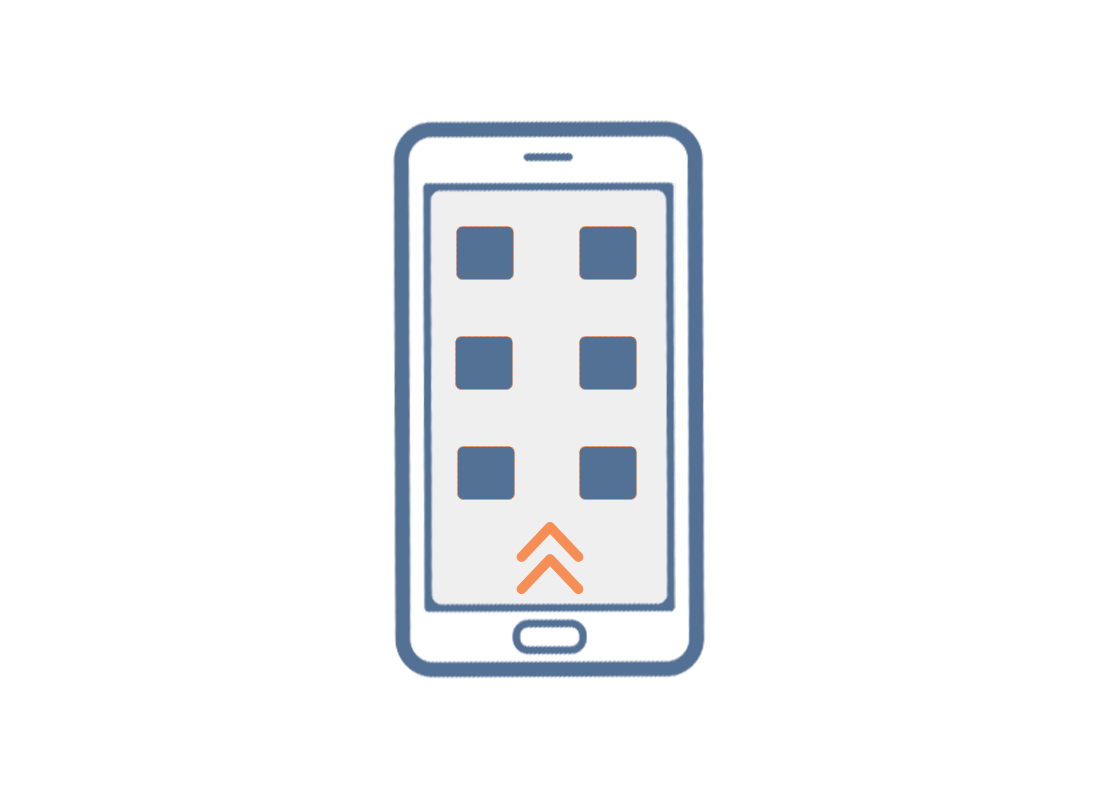
Accessibility Settings
Swipe up from the bottom of the screen to return to the Home screen. Then swipe up again to reveal the App screen. There are several apps that can convert what you say into text. You can use dictation to write emails or notes create reminders or calendar appointments and even search the internet. Remember, it works wherever you can see a microphone button on the keyboard. You've reached the end of this course and should know how to use some of your Android phone accessibility features.
Accessibility Settings
There are many others too, so it's worth exploring to find those which might help make your life easier. If you are unsure about any steps, you can rewind the video or click the chapter headings to jump to the start of a chapter. If you are ready to move on there are many other courses to explore on Be Connected.
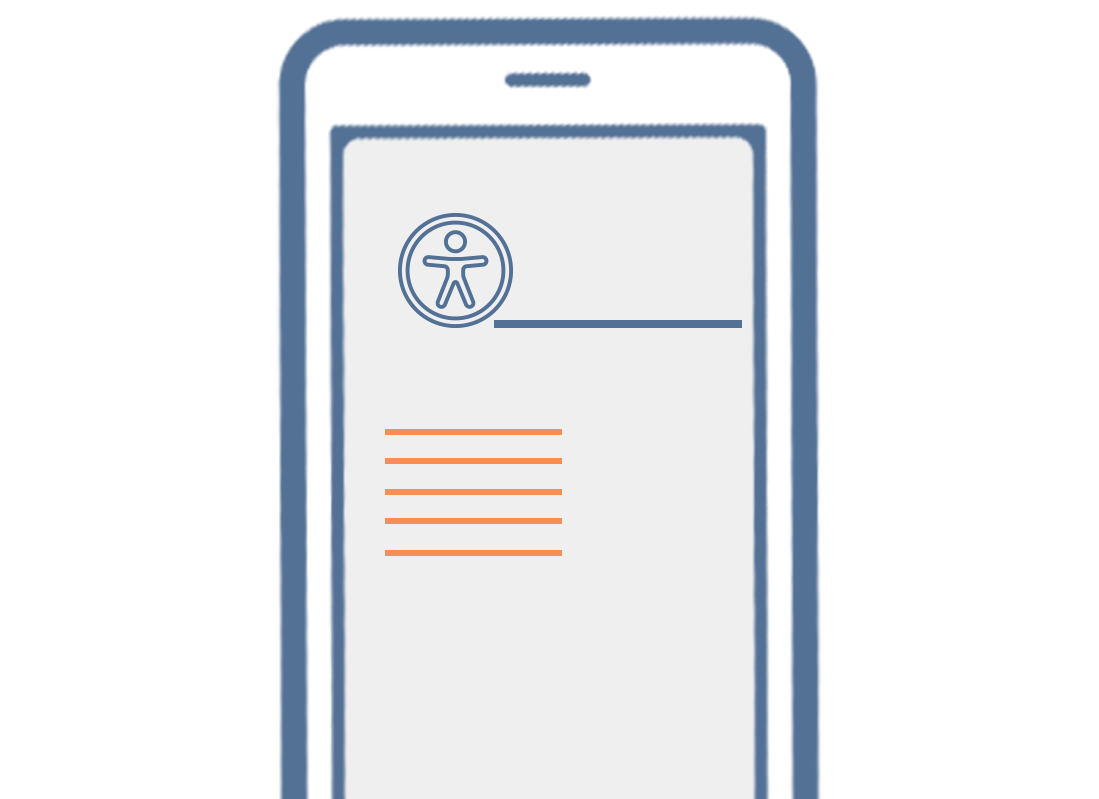
Congratulations!
You’ve completed the Accessibility settings activity.
Next up, we'll learn the System settings activity.
